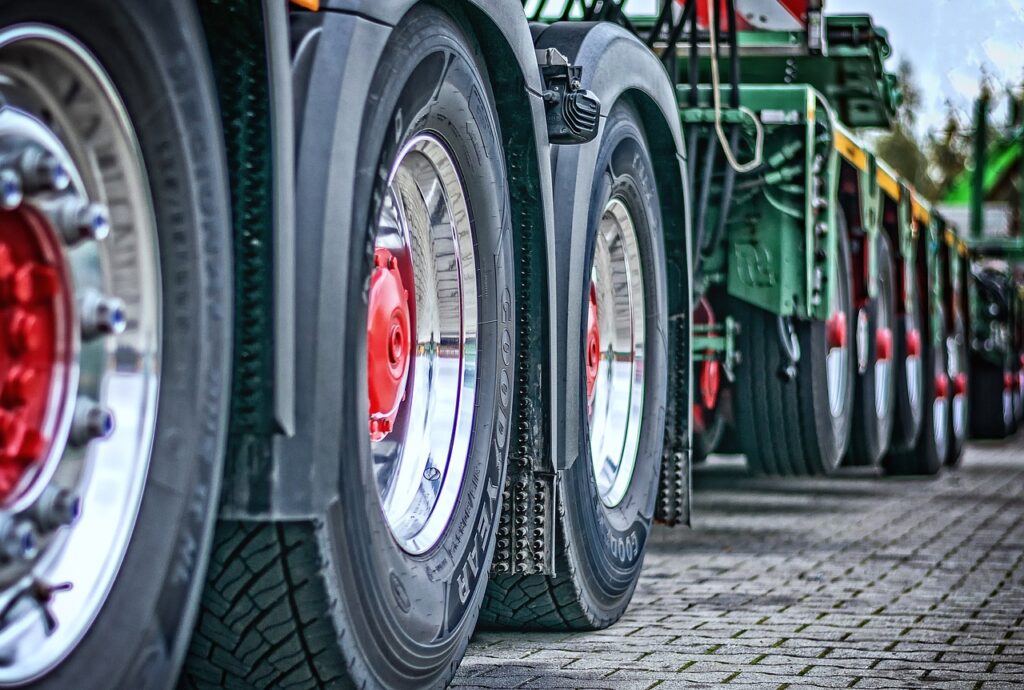BHP recently shared its strategy for reducing its carbon footprint. While emphasizing electric excavators and battery haul trucks over hydrogen or hybrid alternatives, the company acknowledged that its emissions would increase in the short term due to rising commodity production.
BHP aims to achieve a 30% reduction in operational greenhouse gas emissions by 2030, compared to 2020 levels. However, emissions are expected to rise in FY2024 as the company ramps up production to meet global demand, particularly for Australian iron ore used in steelmaking. Graham Winkelman, BHP’s climate vice-president, stressed the importance of a “methodical and capital-efficient decarbonization” strategy, which is integral to building a sustainable and resilient business.
The company’s approach includes linking 10% of executive remuneration to climate-related activities, underscoring its commitment to decarbonization. However, achieving these targets will be challenging, given the current technological and economic constraints.
BHP has chosen to focus on electric excavators and battery haul trucks, dismissing hydrogen and hybrid options for replacing diesel in iron ore mining. This decision aligns with the company’s broader strategy to adopt more sustainable technologies. Dan Heal, vice president of operational decarbonization, indicated that BHP would primarily achieve this transition through fleet replacement, with the first electric truck fleet expected by 2028 and electric locomotives by 2030.
This move reflects a significant shift in the mining industry, where diesel-powered vehicles have long been the norm. While the adoption of electric vehicles is a step forward, the technology must develop further to meet the demanding conditions of mining operations, especially in remote areas like the Pilbara region of Western Australia.
BHP’s decarbonization strategy also includes increasing its use of renewable energy. The company has signed renewable power purchase agreements to meet power requirements in regions far from the electricity grid. This initiative is crucial to counter the anticipated rise in emissions from business growth.
In addition to renewable energy, BHP plans to use carbon credits to achieve its net-zero goal by 2050. However, the company clarified that it would not count compliance carbon credits towards its 2030 target. This distinction highlights BHP’s intention to achieve genuine emission reductions rather than relying solely on carbon offset mechanisms.
